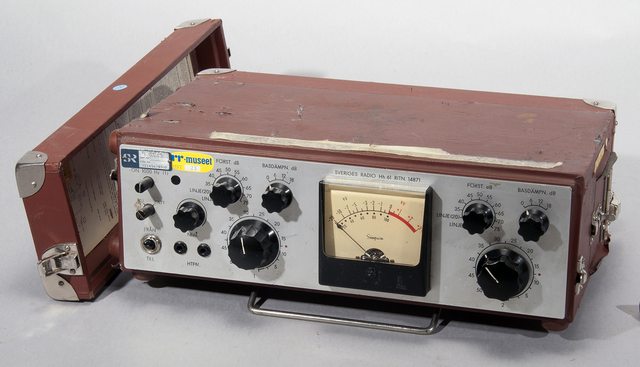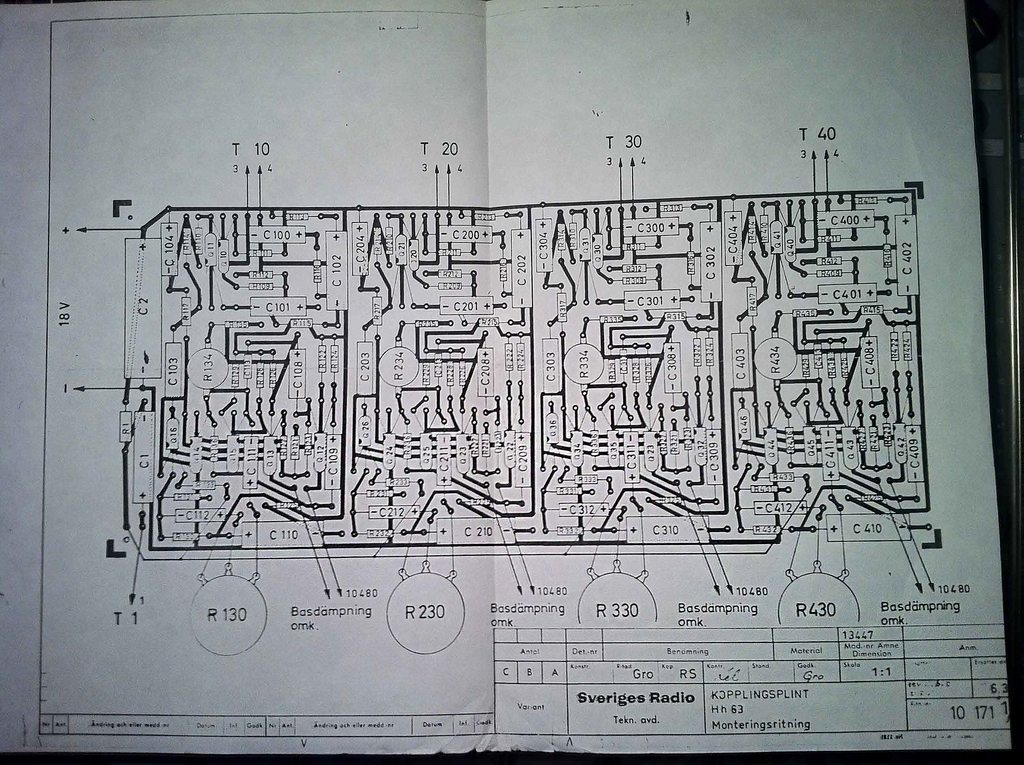Conviction
Well-known member
Hi everyone!
I hope you're doing well in these weird and uncertain times.
I recently had some time to go through my storage and found this little piece:
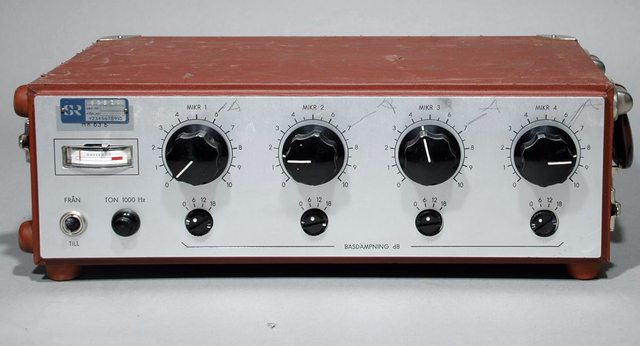
It's a germanium preamplifier (of sorts), made in-house at the Swedish Radio in the early 1960’s. The output is designed to go into another preamplifier (the manual glued inside the box says the Lyrec AR2 and some others), so the sole purpose of the unit, which goes by the name Hh63, is to extend the number of available microphone inputs. Max output is 30dB into 200 ohms according to a data sheet I found.
I wonder if I can make this into something useful, say, four stand-alone germanium preamplifiers. The input iron is custom, but probably of great quality. The designer - I always forget his name - made a lot of great sounding pieces back then.
Thing is - without making any claims since I don't fully understanding the circuit - I doubt there’s gain enough. It seems, but correct me if I’m wrong, that the unit merely acts as a “buffer” for the microphones, which explains the low output? I tried to take the signal from after the10k 50k pot, and it works, but requires quite the gain in the DAW.
I then tried a Lundahl 1:1,14 output transformer, and it helped a little, but still quite useless.
Any ideas? Here's the schematic. Sorry, it's a crappy scan from god knows where:
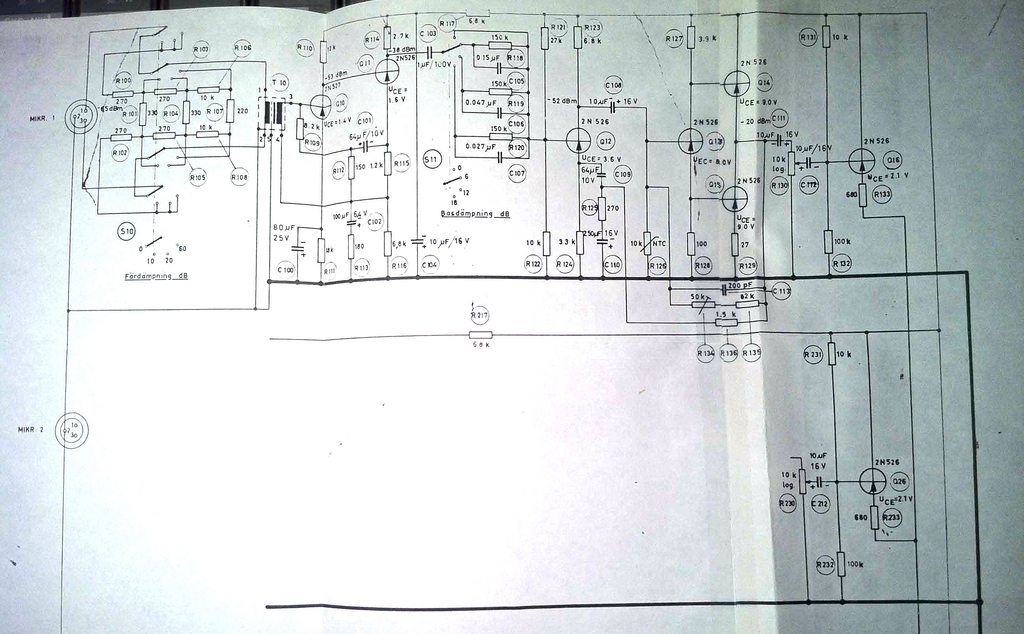
(original here: https://imgur.com/cqqcOSg)
... And here's the spec sheet:
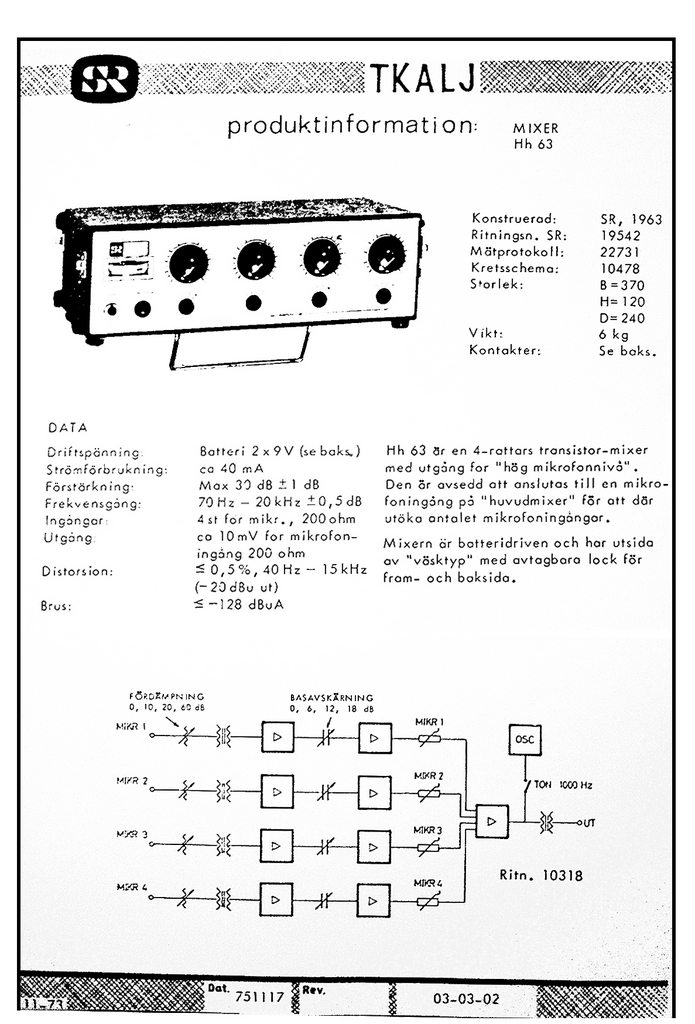
I hope you're doing well in these weird and uncertain times.
I recently had some time to go through my storage and found this little piece:

It's a germanium preamplifier (of sorts), made in-house at the Swedish Radio in the early 1960’s. The output is designed to go into another preamplifier (the manual glued inside the box says the Lyrec AR2 and some others), so the sole purpose of the unit, which goes by the name Hh63, is to extend the number of available microphone inputs. Max output is 30dB into 200 ohms according to a data sheet I found.
I wonder if I can make this into something useful, say, four stand-alone germanium preamplifiers. The input iron is custom, but probably of great quality. The designer - I always forget his name - made a lot of great sounding pieces back then.
Thing is - without making any claims since I don't fully understanding the circuit - I doubt there’s gain enough. It seems, but correct me if I’m wrong, that the unit merely acts as a “buffer” for the microphones, which explains the low output? I tried to take the signal from after the
I then tried a Lundahl 1:1,14 output transformer, and it helped a little, but still quite useless.
Any ideas? Here's the schematic. Sorry, it's a crappy scan from god knows where:

(original here: https://imgur.com/cqqcOSg)
... And here's the spec sheet:




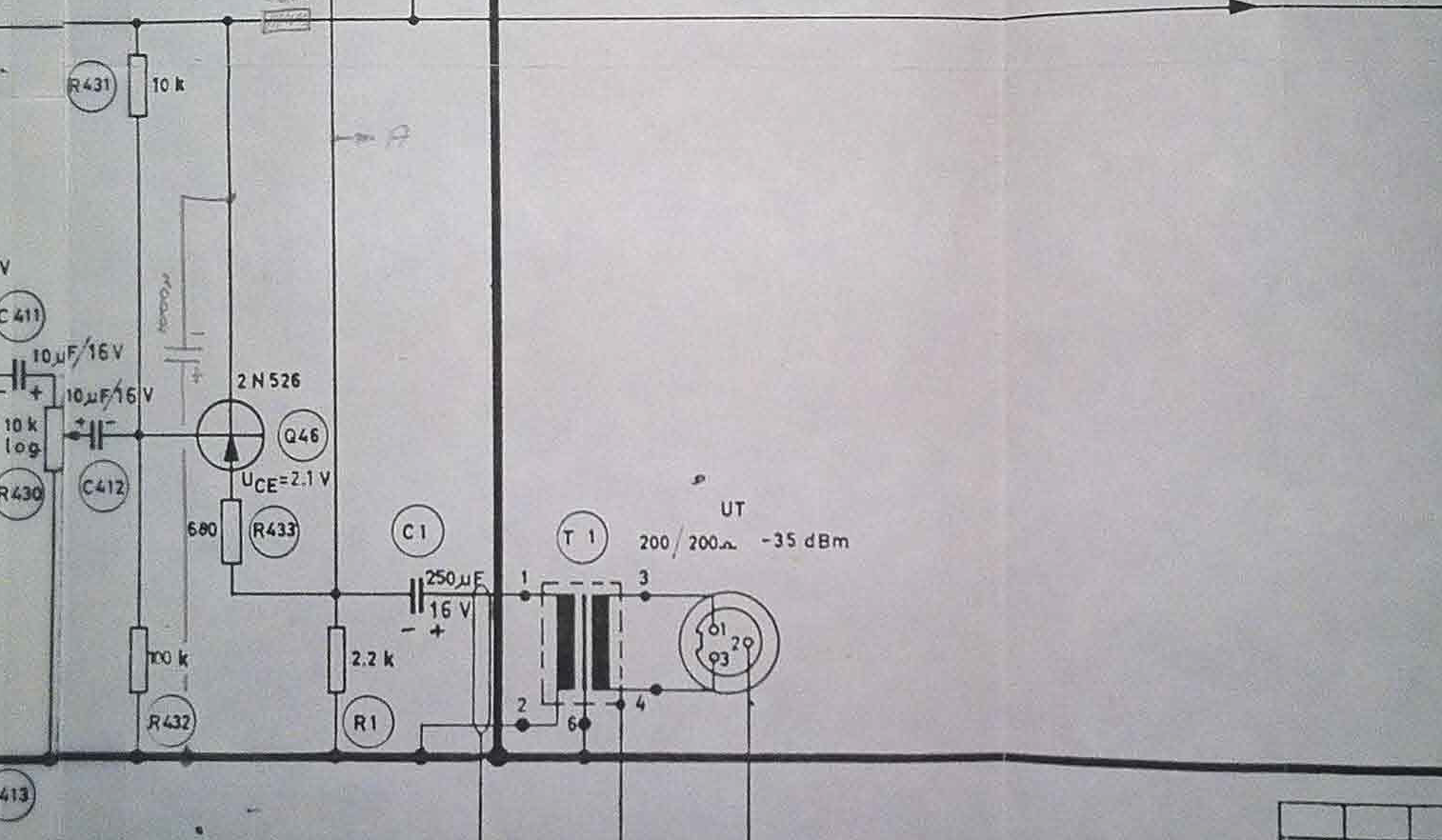

























![Electronics Soldering Iron Kit, [Upgraded] Soldering Iron 110V 90W LCD Digital Portable Soldering Kit 180-480℃(356-896℉), Welding Tool with ON/OFF Switch, Auto-sleep, Thermostatic Design](https://m.media-amazon.com/images/I/41gRDnlyfJS._SL500_.jpg)




